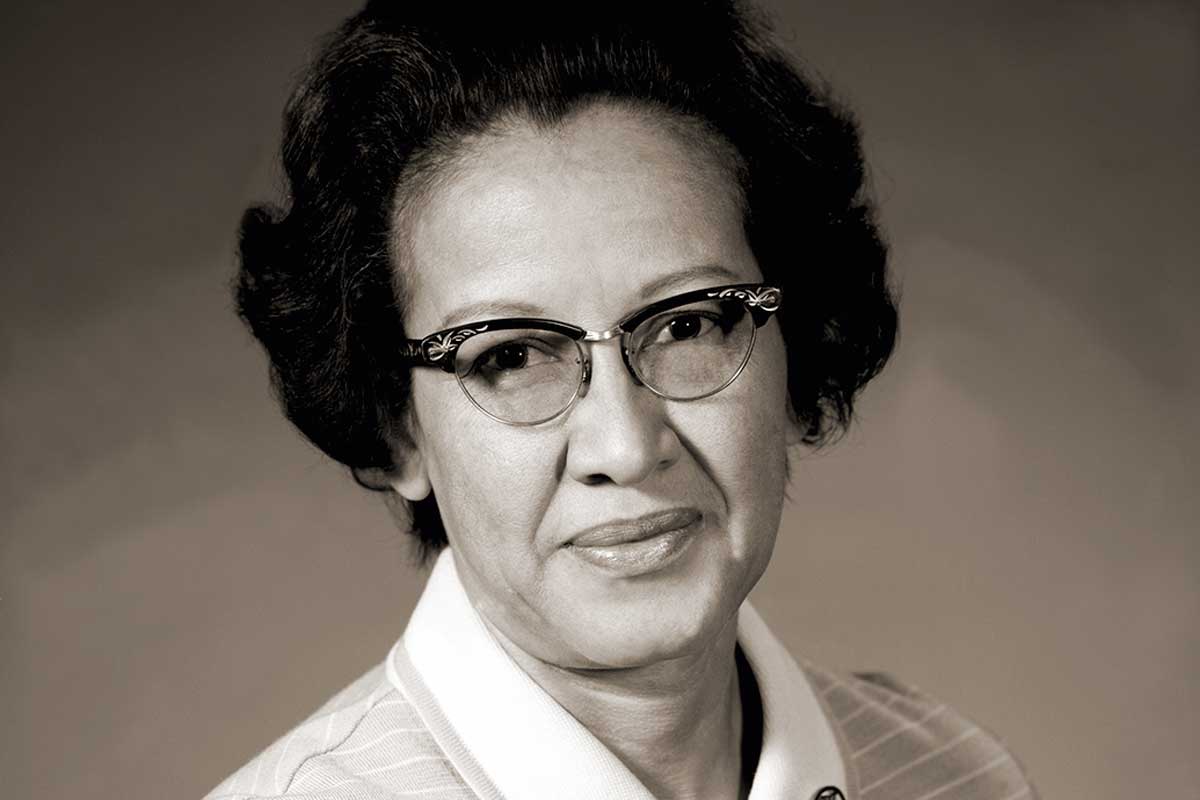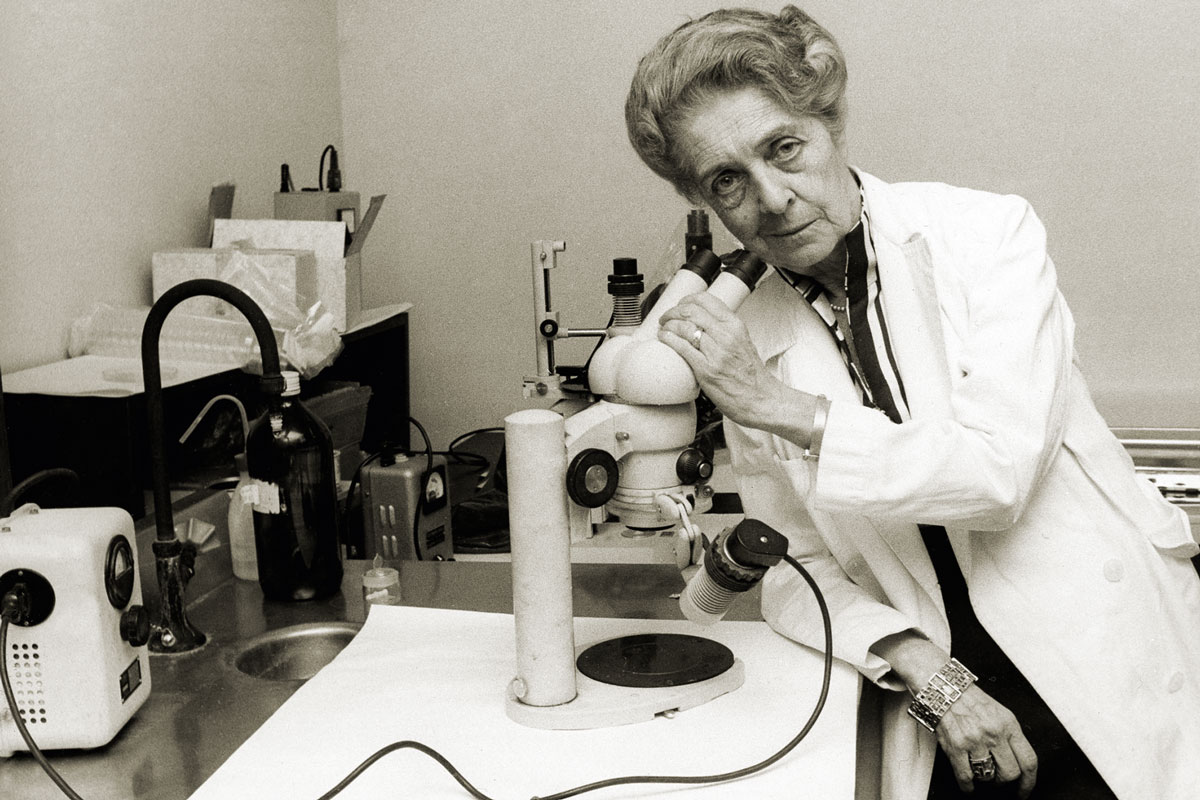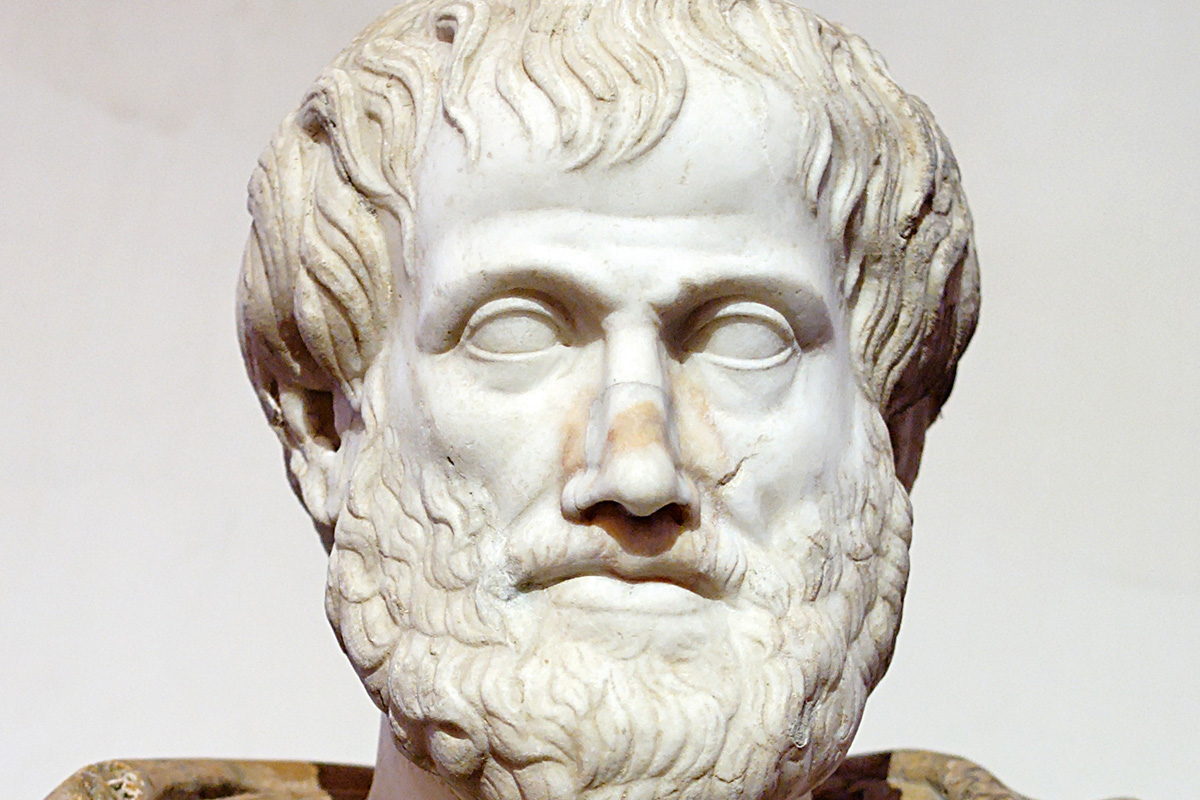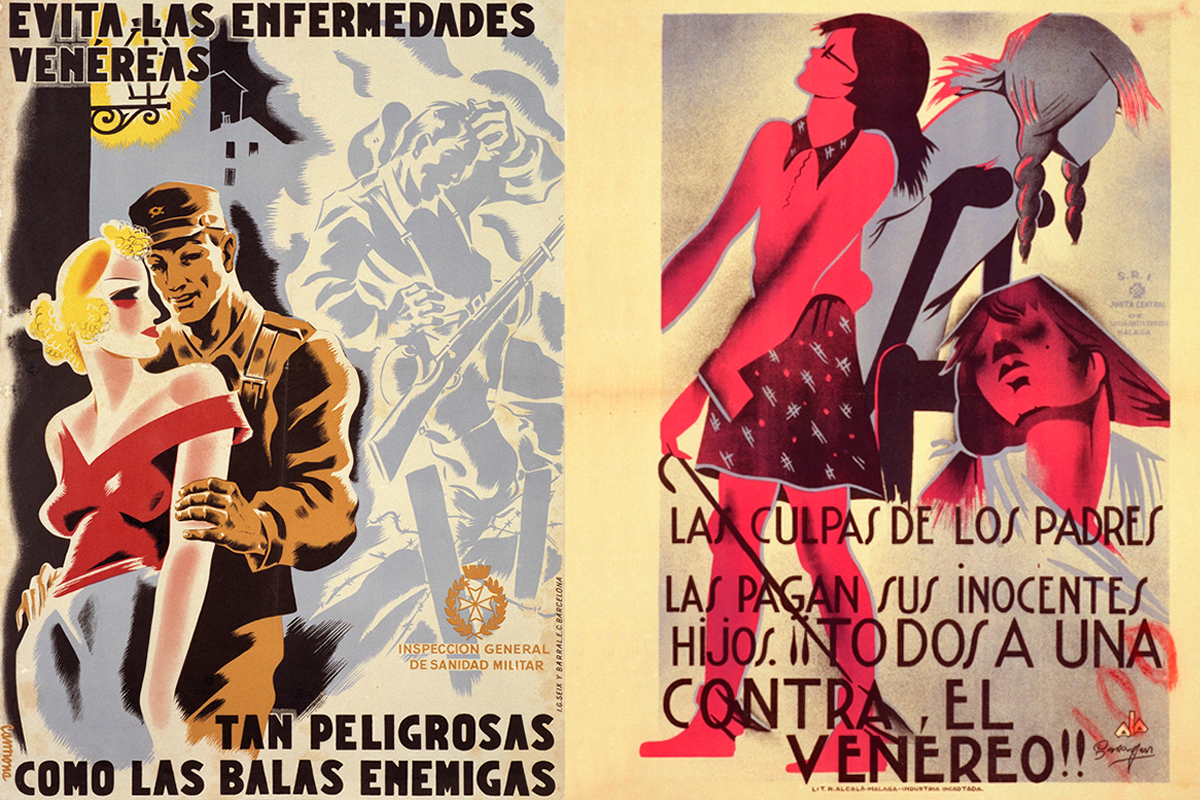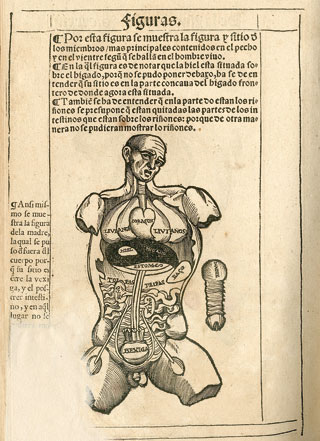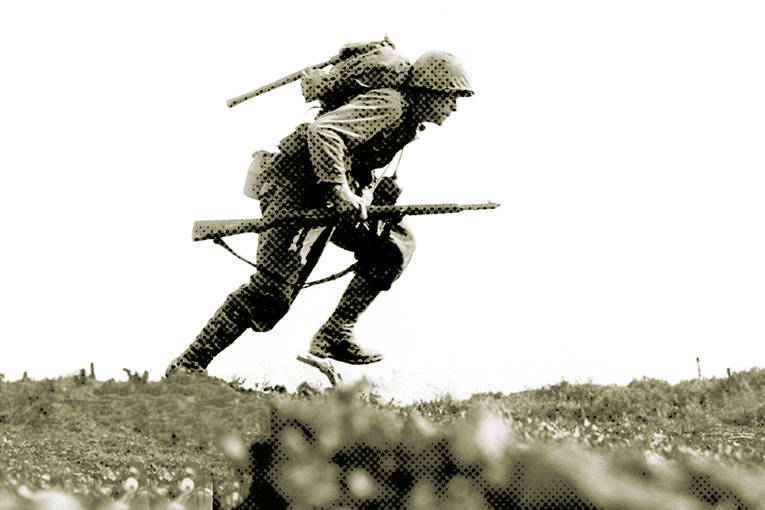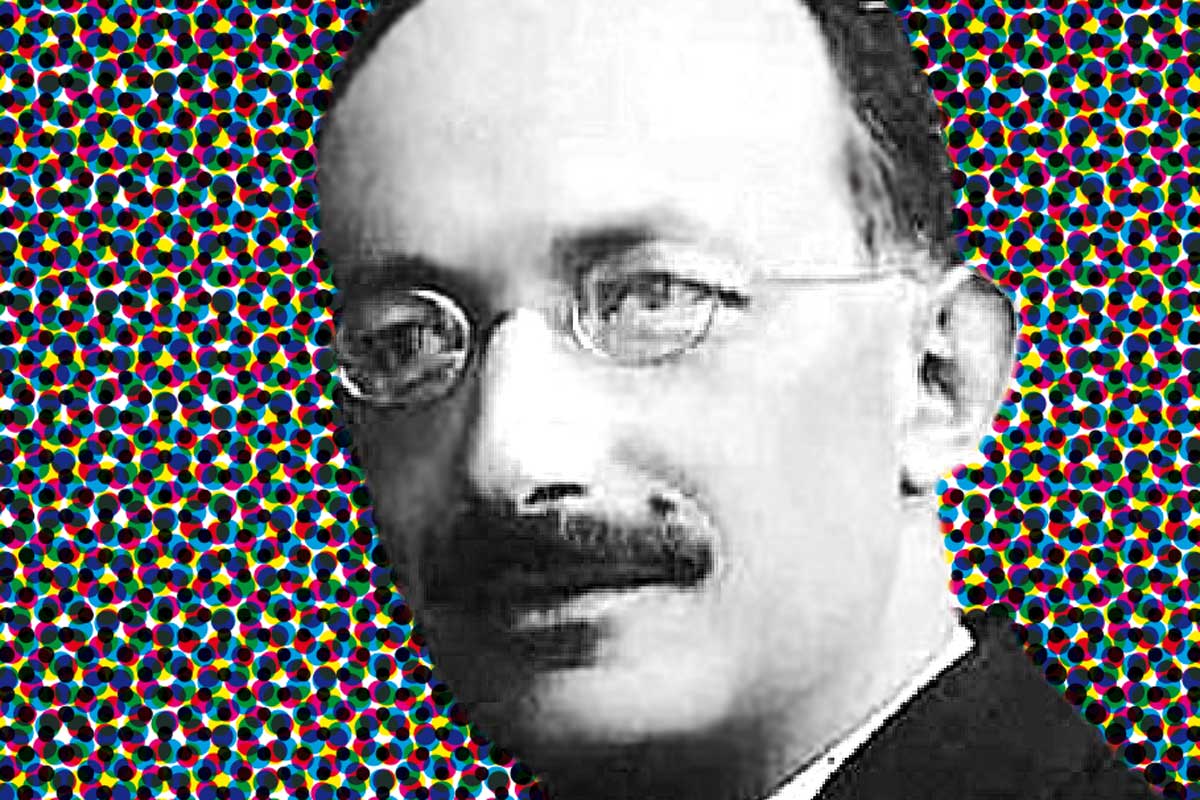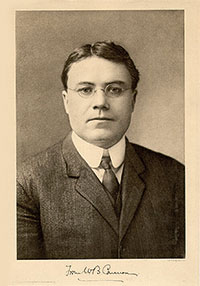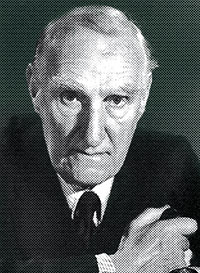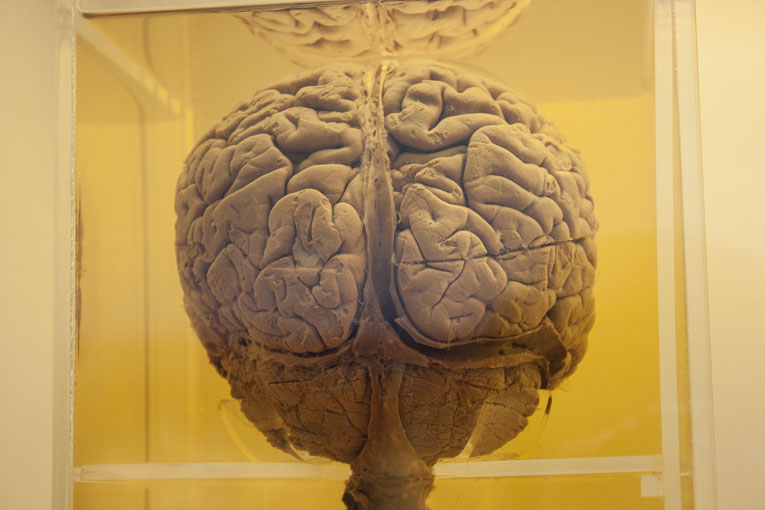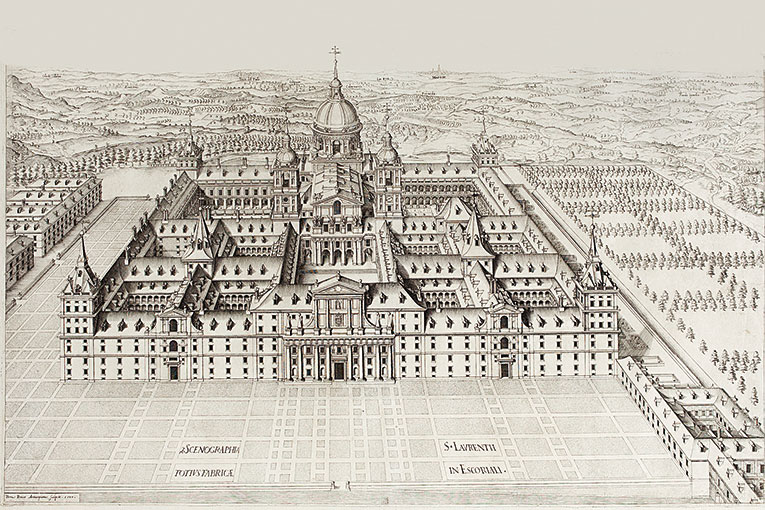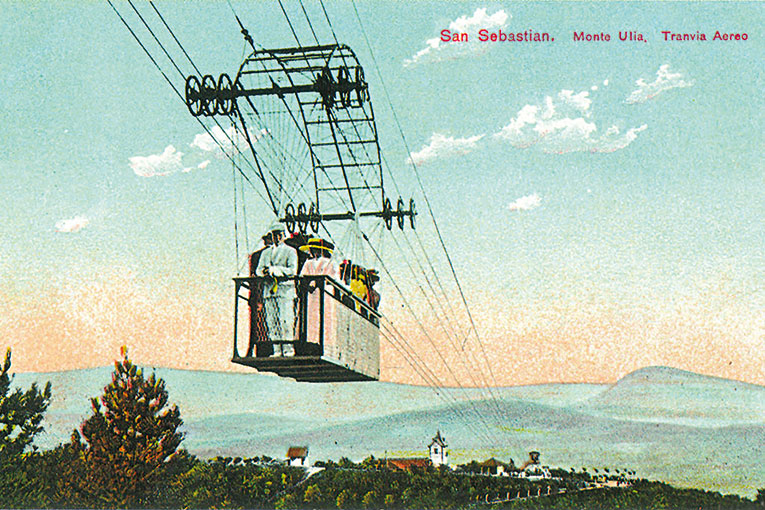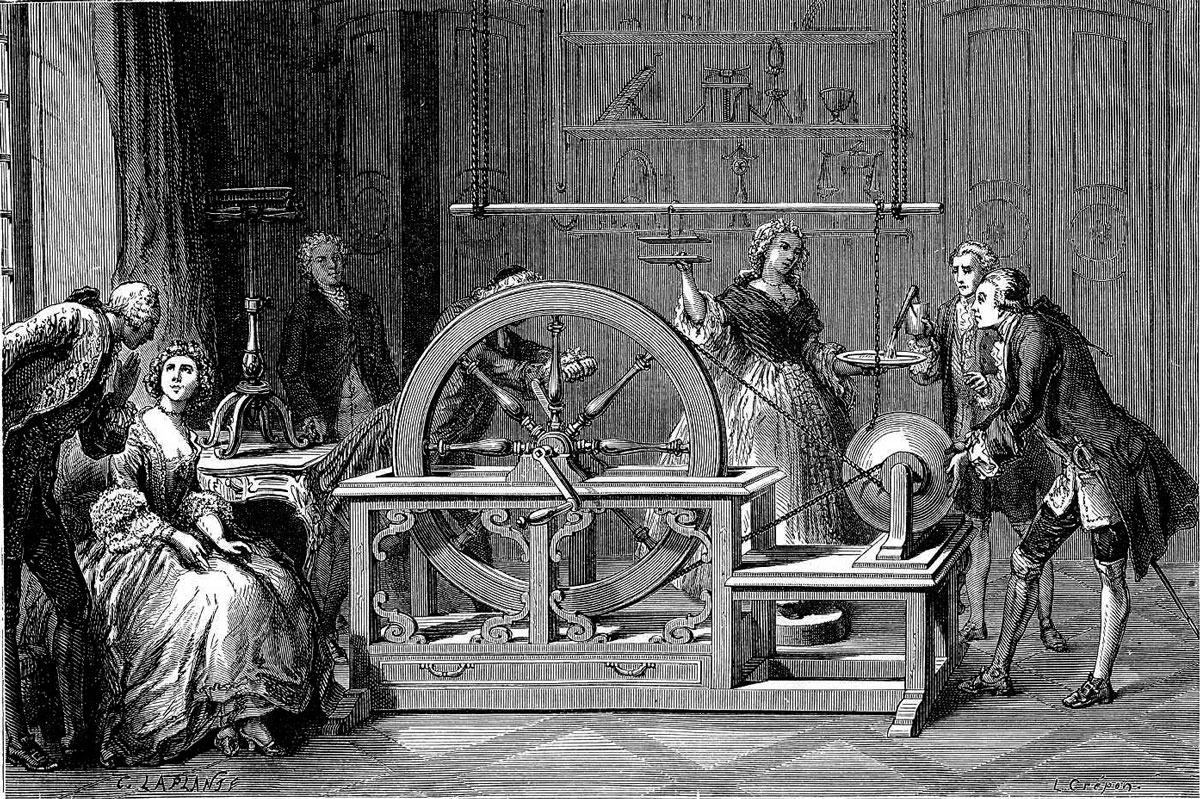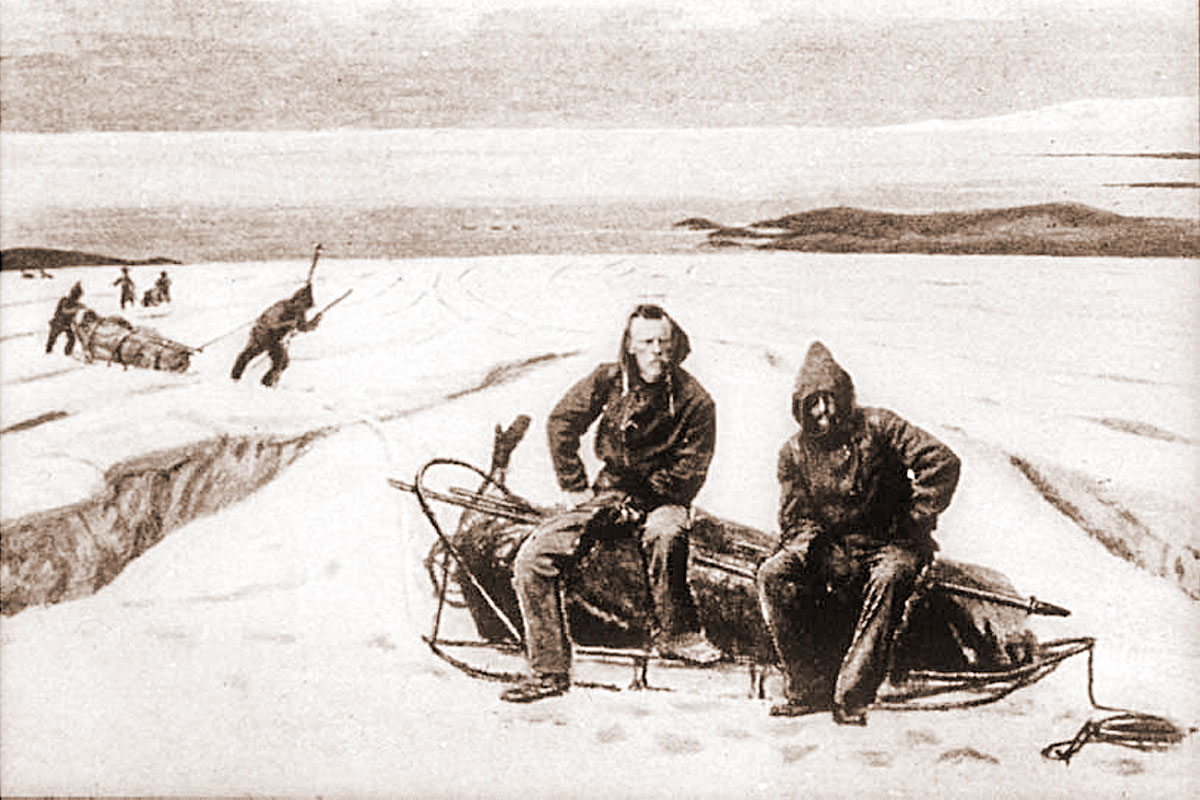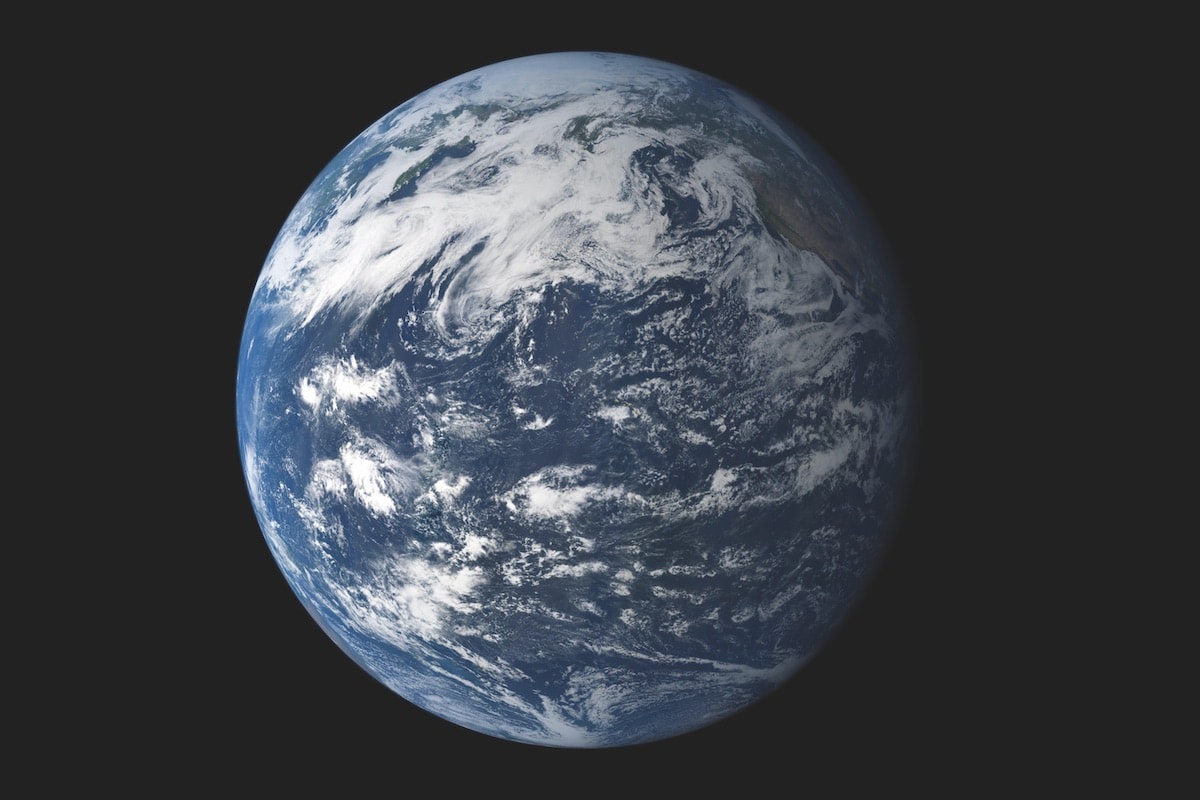Search
We live in a rapidly transforming world. Social reality moves, nature moves, the cosmos moves and human beings move as well, but we do so not only across our biography
Venereal diseases were a heavy burden in the early twentieth century. Syphilis was the paradigm of physical and psychological degeneration, the destroyer of family and society, and the syphilitic individual was
The human body is a cultural construct, the convergence point of all kinds of cultural elements: scientific, artistic, and religious. If classical natural philosophies identified the body with the cosmos
The generation of scientists and physicians who lived during the interwar years (1914-1945) were specially involved in the military and political events that shaped the history of the twentieth century.
If we turn our gaze on the past of medicine we will immediately see how medical diagnoses –the terms identifying illnesses– are arbitrary and change over time. After all, diagnoses
Philip II of Spain was instructed in humanism, was an Erasmus reader and a loved magic and occultism books. He had a soft spot for architecture and geometry, he knew
Mètode Leonardo Torres Quevedo designed Ulia’s cableway in San Sebastián, which began working in 1907. Later, in 1916, the cable car of the Niagara Falls (Canada)
Throughout the seventeenth century, public exhibitions of natural phenomena caused or discovered by scientists began to have a major social impact. Prints and paintings of that period show the public
«The Nansen expedition claimed the most northern position man was ever known to have reached and made outstanding scientific contributions on oceanography, climate, hydrography, ice formation and the study of
Lately, I met David Livingstone, Professor of Geography and Intellectual History at Queen’s University Belfast, during a symposium held at the University of Bergen where he discussed, among other things,



